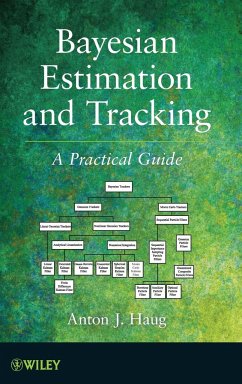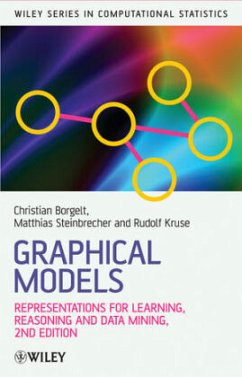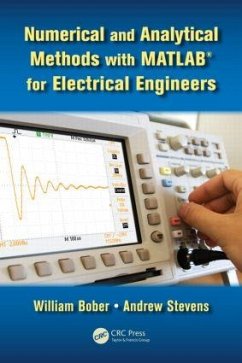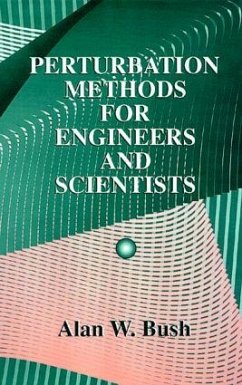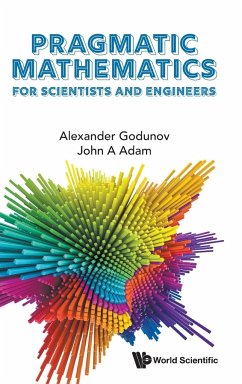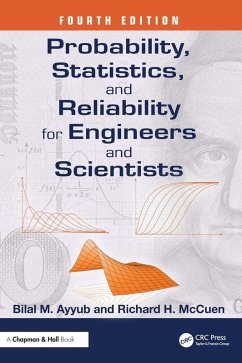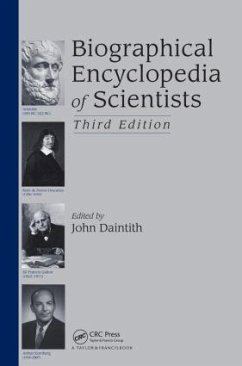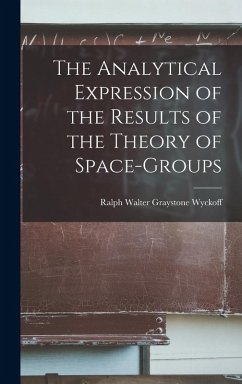
Numerical and Analytical Methods for Scientists and Engineers Using Mathematica
Versandkostenfrei!
Versandfertig in über 4 Wochen
217,99 €
inkl. MwSt.

PAYBACK Punkte
109 °P sammeln!
Computational physics is that branch of the field that concerns itself with translating and solving the physical laws of the universe in terms of mathematics. As such it interacts with all other areas of physics. This book is written from the perspective of a physicist, not a mathematician, with an emphasis on modern practical applications in the physical and engineering sciences. The book itself is written in the language of Mathematica, a widely used software program in in engineering and physics.
_ The electronic component of the book is based on the widely used and highly praised Mathematica software package.
_ Each chapter of the bookis a Mathematica notebook with links to web-based material.
_ The methods are applied to a range of problems taken from physics and engineering.
_ The book covers elementary and advaned numerical methods used in modern scientific computing.
_ Each chapter of the bookis a Mathematica notebook with links to web-based material.
_ The methods are applied to a range of problems taken from physics and engineering.
_ The book covers elementary and advaned numerical methods used in modern scientific computing.



